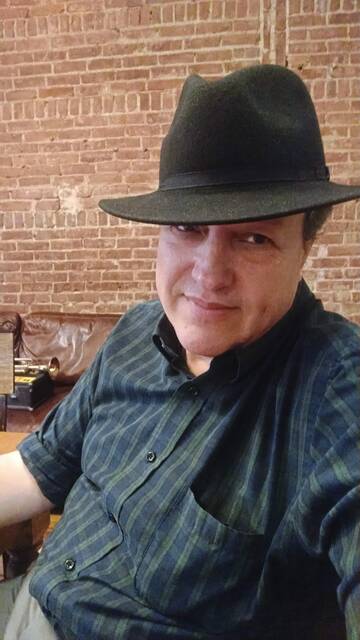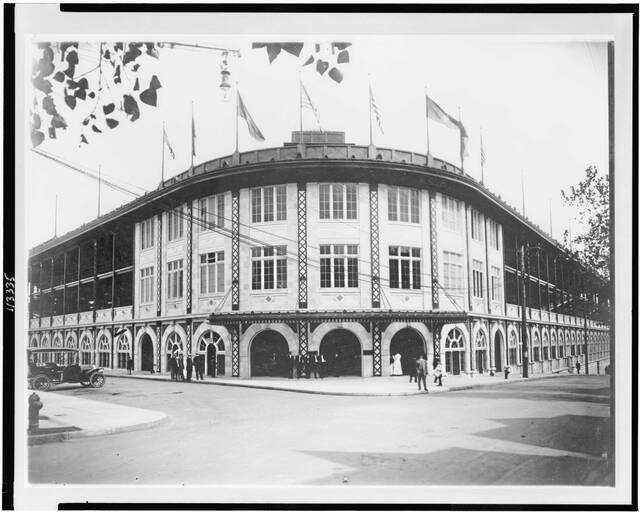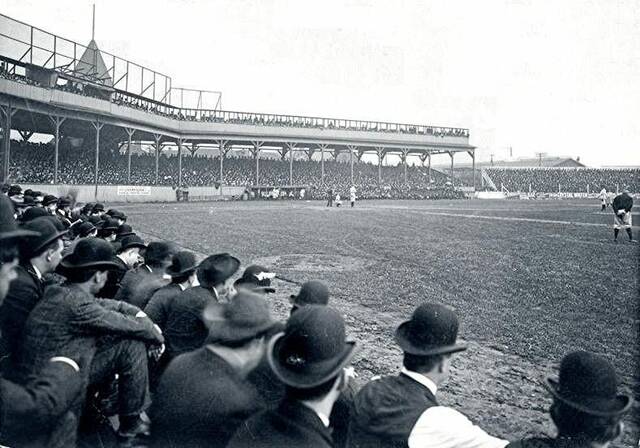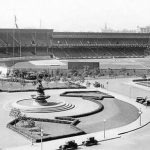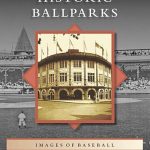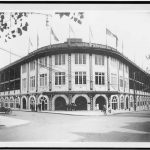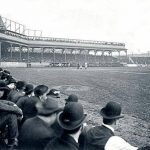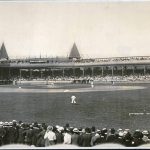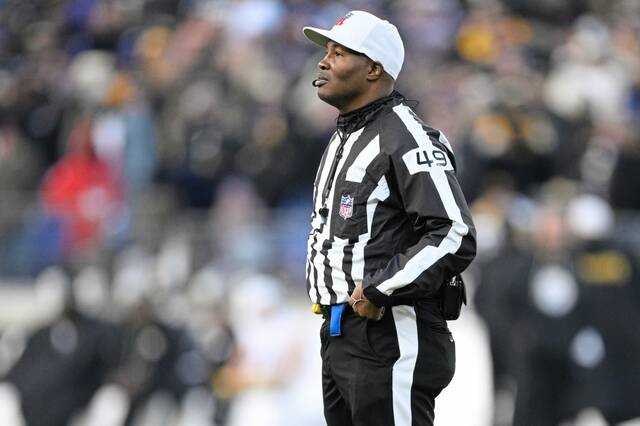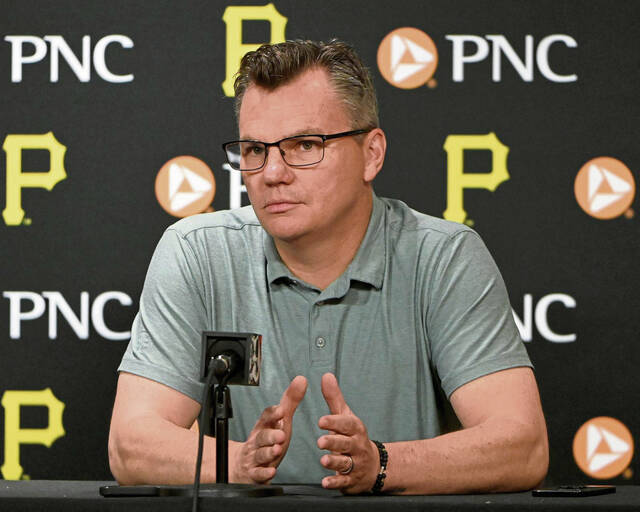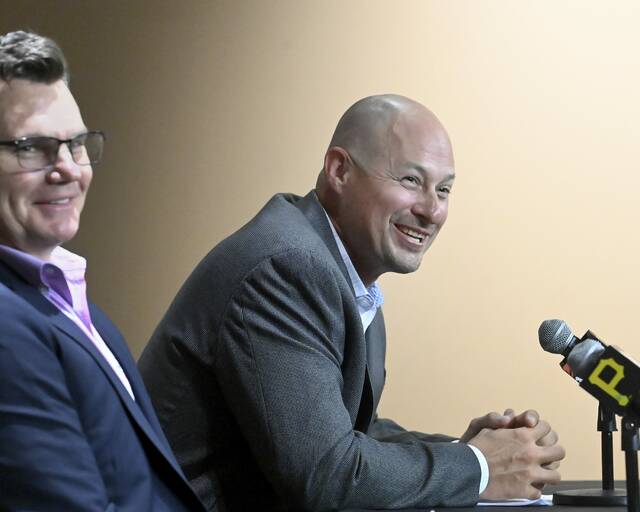The start of a new baseball season brings hope, beginning with the first pitch.
The annual tradition of fans gathering at PNC Park for the Pittsburgh Pirates’ home opener inspired North Side resident Mark T. Fatla to think of the people over the years making their way to the ballpark, including those who lived in his North Side house before him.
Pittsburgh has a rich history of design and development of ballparks, said Fatla, who spent most of 2020 and 2021 researching the topic for “Pittsburgh’s Historic Ballparks.” It was published last month by Arcadia Publishing.
“While Mark tips his cap to the great Pittsburgh teams and players of the past — as an avid Pirates fan, how can he not — the real stars of this book are the ballparks themselves,” said Jeff Ruetsche, Fatla’s editor at Arcadia Publishing. “Their design and construction, what made them unique, architecturally and historically, and their ultimate fate. It’s a real joy of a read for anyone who’s taken in nine innings at PNC Park and wants to learn more about it and its predecessors.”
The pandemic afforded him the opportunity to chronicle ballparks dating back to 1876. Fatla delved into the construction, major changes as parks expanded and aged, and their demolition.
“Pittsburgh has an incredible baseball history with great players, teams and historic moments, but few realize that it has some pretty fascinating ballparks as well,” Fatla said. “I realized I would not be spending time in bars and restaurants or at the ballpark. What was I going to do with all this sudden free time?”
Happy Opening Day to those who celebrate! Here is Forbes Field on Jun 30 1909, the inaugural game at the ballpark. pic.twitter.com/0KTfRnmnpM
— PittsburghsHistoricBallparks (@PghBallparks) March 31, 2023
The initial months during the shutdown were challenging. He wasn’t able to get into libraries or access archives because of covid-19 closures. He logged onto newspapers.com, reached out to the Pirates, Senator John Heinz History Center, Carnegie Mellon University, the University of Pittsburgh and private collectors.
He found that Central Park, which was almost entirely forgotten, was the first Black owned, designed and constructed ballpark in the country. Alexander McDonald Williams built it in the Hill District in 1920 and by 1921 formed the Pittsburgh Keystones and joined the Negro National League.
Ammon Field, an existing city-owned field, became the site for the early version of the Homestead Grays and Pittsburgh Crawfords. Greenlee Field was built to house the Crawfords. It also hosted boxing matches, car races and football games.
A Mt. Pleasant native, Fatla said the earliest documented baseball game in the area was played in 1857 in West Commons at Brighton and West Ohio Street.
The first local professional team, the Pittsburgh Allegheny, leased Union Park at Allegheny and Pennsylvania Avenues. That field was later renamed Recreation Park.
Exposition Park, made of wood, was plagued by flooding because of its proximity to the Allegheny River. It had spectacular views of Downtown Pittsburgh like PNC Park does. When fans would leave, they would walk across the field to get to street cars to go home. There are stories of staff climbing under the stands to look for smoldering cigars because of the danger for fire.
Exposition Park hosted the first modern World Series in 1903 against Boston. Many grandstand seats were relocated to Forbes Field in Oakland, which opened in 1909. The final Pirates game played at Forbes Field was June 28, 1970, before the team moved to Three Rivers Stadium.
PNC Park opened in 2001.
“It was fun project to explore and find interesting things,” Fatla said. “Little details make for a good story, such as ‘When did the scoreboard change at Forbes Field? When did a round clock become a square clock?’”
Fatla has been to 200 major and minor league ballparks. He’s got a collection of stadium postcards, game tickets, programs and logo pins.
“I think about the people who lived in the house I live in and who walked to the ballpark just like I walk to the ballpark,” he said. “I have always been an avid baseball fan. As a kid I had the dreams of playing professionally, but not the talent.”




